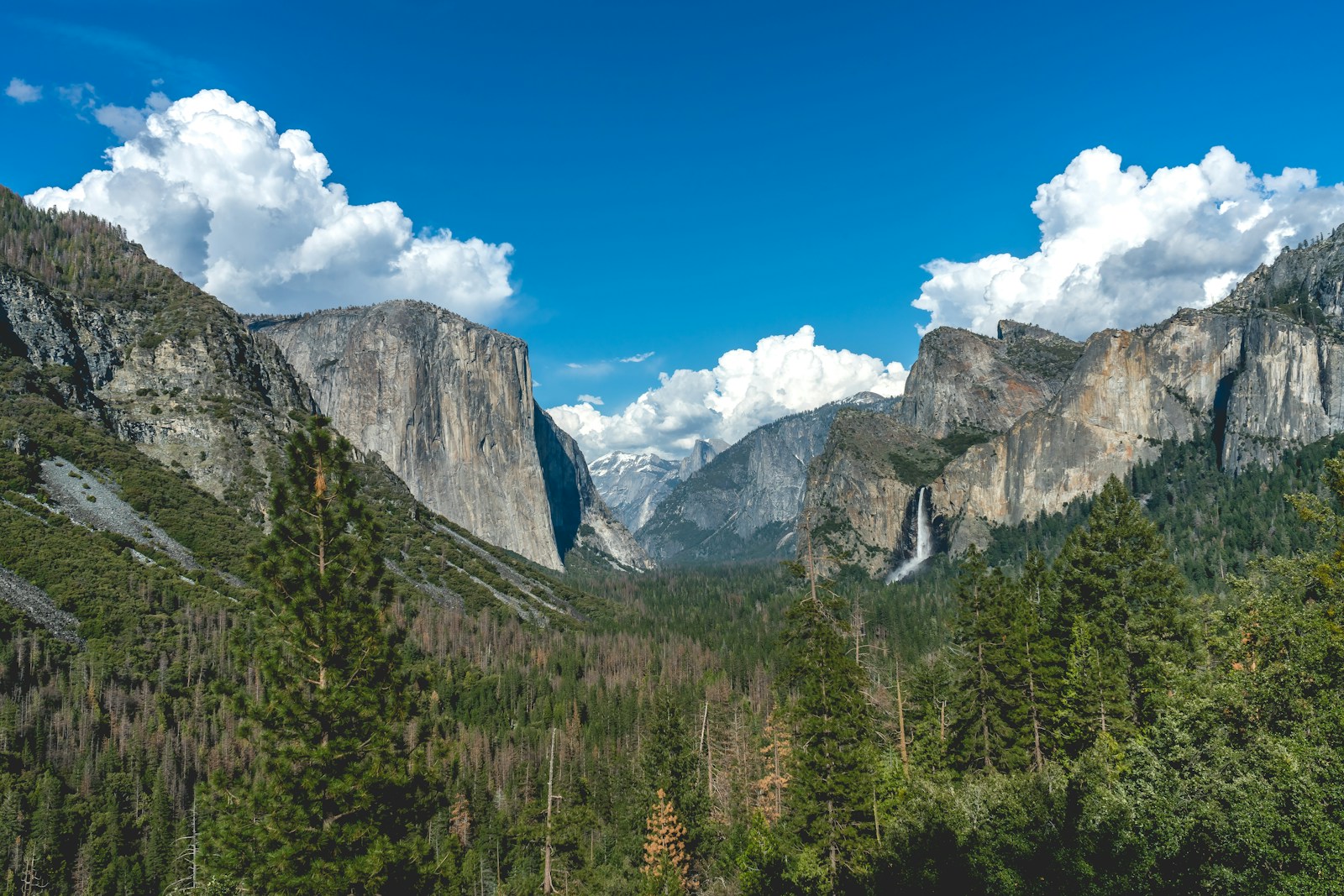Key Takeaways
- Many hidden national parks sit outside the list of famous 63 parks.
- These parks offer free or low-cost access to water sports, hiking, history, and more.
- You can find hidden national parks near your home in every state.
- Visiting these parks helps protect them for future generations.
- Plan a trip soon to explore new adventures off the beaten path.
What Are Hidden National Parks Near You?
When people hear “national park,” they often think of Yellowstone or Yosemite. However, the park system includes nearly 400 other sites. These hidden national parks range from lakeshores and battlefields to urban green spaces. They protect land and stories that matter, yet they stay off most travel lists. Moreover, they are often free or cost less than a meal at a fast-food joint. Therefore, you can explore them without spending much money or time.
Enjoy Waterfront Fun in Hidden National Parks
America’s rivers, lakes, and coasts offer prime spots for fun. Sadly, many shores stay locked behind private land or expensive fees. Luckily, hidden national parks provide public access for generations. For example, Cumberland Island National Seashore in Georgia lets you roam uncrowded beaches. You might camp under oaks draped in Spanish moss or watch wild horses roam free. Meanwhile, Apostle Islands National Lakeshore in Wisconsin features sea caves you can paddle through by kayak. Also, Point Reyes National Seashore in California gives you fog-swept cliffs and elk herds near the ocean. You can swim, fish, boat, or just enjoy the view. Best of all, most waterfront parks charge no entrance fee.
Find Solitude in Hidden National Parks Backcountry
Sometimes you need a break from screens and crowds. You can find true calm in backcountry zones of hidden national parks. For instance, Isle Royale National Park in Michigan sits on a remote island. There, you can watch moose and hear wolves call at night. Far to the south, Congaree National Park in South Carolina protects massive hardwood trees and slow creeks. You can paddle among cypress knees and see alligators from your canoe. Plus, Craters of the Moon National Monument in Idaho feels like another planet. The lava fields there stretch for miles. You can drive on primitive roads or hike past cinder cones. In addition, 44 protected sites serve as Dark Sky Parks. At night, you can see stars like never before.
Urban Escapes in Hidden National Parks
Not all hidden national parks sit in remote wilderness. Some lie in the heart of cities and suburbs. They bring green space and history right to your doorstep. For example, the Mississippi National River & Recreation Area winds through Minneapolis and St. Paul. It gives four million people access to over 70 miles of river trails, beaches, and boat ramps. Similarly, Fire Island National Seashore sits just off Long Island’s south shore. It offers dunes, salt marshes, and quiet hiking near New York City. In Arkansas, Hot Springs National Park merges into a small city. You can walk from busy streets into forest trails. Plus, you can visit Bathhouse Row to soak in thermal baths. The park even has a brewery that uses spring water in its beers. This mix of urban life and nature feels fresh and unique.
History and Culture in Hidden National Parks
Hidden national parks also preserve America’s past. They remind us of triumphs and mistakes. In Philadelphia, Independence National Historical Park marks where the nation’s founders met. You can stand where they signed the Declaration of Independence. On the other side of the continent, Manzanar National Historic Site tells the story of Japanese American internment during World War II. Visitors walk through barracks and learn about a dark part of history. Similarly, Minuteman Missile National Historic Site in South Dakota shows Cold War missile silos. You can tour a launch control center underground. Likewise, the Manhattan Project National Historical Park spans three states. It traces the development of the first atomic bomb. Beyond military history, hidden national parks honor civil rights pioneers. Belmont-Paul Women’s Equality National Monument in Washington, D.C., celebrates the fight for women’s voting rights. Stonewall National Monument in New York City marks the start of the modern LGBTQ rights movement. These parks invite reflection on our shared values and struggles.
Plan Your Visit to Hidden National Parks
You can uncover hidden national parks close to home with just a little research. First, check the National Park Service website or guidebooks for sites in your state. Next, decide what you want to do: paddle, hike, bathe, or learn history. Then, pack the right gear—water shoes for sea caves, a canoe for river trips, or comfy shoes for walking city trails. Also, remember to follow park rules, stay on trails, and pack out all trash. Finally, invite a friend or family member to join you. Exploring together boosts safety and fun. In the end, parks supported by love stay protected by us all.
Frequently Asked Questions
What counts as a hidden national park?
Hidden national parks are sites managed by the National Park Service that do not carry the “national park” label. They include seashores, lakeshores, monuments, battlefields, and historic sites.
Do hidden national parks cost money to enter?
Many hidden national parks offer free access. A few charge small fees. Either way, they usually cost less than famous parks or private attractions.
What activities can I try in hidden national parks?
You can swim, boat, fish, camp, hike, canoe, kayak, stargaze, and explore historical buildings. Many parks mix outdoor fun with cultural learning.
How do I protect hidden national parks?
Stay on marked trails, follow park guidelines, and pack out all trash. You can also volunteer, donate, or join “Friends of the Park” groups.

